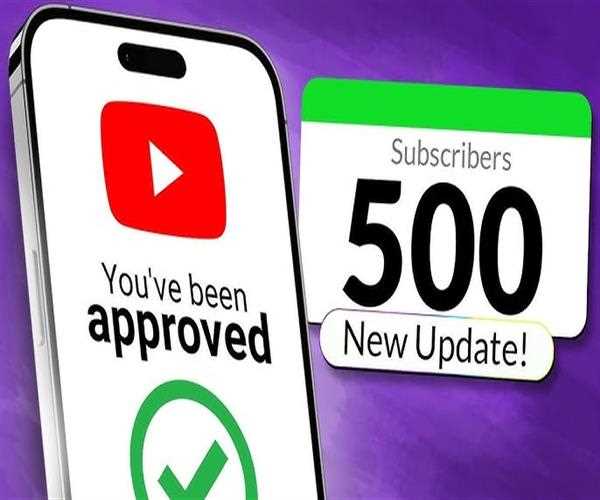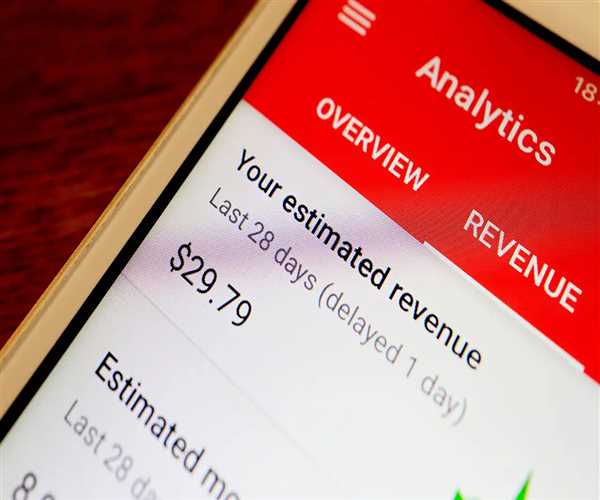Search here

03-Nov-2024 , Updated on 11/4/2024 2:10:28 AM
YouTube Monetisation: When, How, And How Much You Will Get
The selling of ads and cooperation with brands and members have become significant sources of income for YouTubers all over the globe due to YouTube monetization. In this post, you will find quality information about monetizing YouTube together with the critical steps to take when creating content. Here, the full workings of earning on YouTube—eligibility and requirements, ads, sponsorships, affiliate links, revenue, and strategies included—are explained in detail. Understand drivers of income, enhance strategies for more effective audience interaction, and increase your income in the long run.
1. What is YouTube monetization?
YouTube monetization refers to the practice whereby YouTubers and channels can make money from advertisements, memberships, and merchandise that surround and exist within their YouTube channels, or videos, through the YouTube Partner Program. When joining, the creators can activate the monetization opportunities to earn money within the program.
2. When Can One Start Earning on YouTube?
YouTube requires creators to meet eligibility criteria before they can apply for the YouTube Partner Program:
- Subscriber Count: 1,000 subscribers.
- Watch Time: 4,000 valid public watch hours during the past year or get 10 million views on YouTube Shorts in the next 90 days.
- Adherence to Policies: It must also meet YouTube standards such as violence standards, hate speech standards, and copyright standards.
These conditions are to make sure that the channel is opened, the audience participates, and the contents are compliant with the YouTube community.

3. Revenue models and distribution of earnings
There are various ways creators can earn through YouTube monetization:
- Ad Revenue: YouTube displays the advertisements on the videos, thus earning their income through impressions or click-throughs. Most often, revenue sharing can range from 55% into the hands of the original creator and 45% to YouTube.
- Channel Memberships: Accessed by selected channels with over 1000 subscribers, it offers easy means through which fans can fund creators every month.
- Super Chats & Super Stickers: These are similar to comments in live chats where a fan can pay for their highlighted comment to be featured on the site.
- Merch Shelf: They are allowed to display merchandise beneath the video, making a whole new method of income generation.
4. How Much Can You Make?
That is the reason; it cannot be disputed that the income-generating capability on YouTube depends on specialized categories and viewership, level of participation, and area. Factors influencing earnings include:
- Cost Per Mille (CPM): Independent of geographic location, niche, and target audience, the average cost per thousand impressions for YouTube falls between $0.25 and $4.
- Content Type: Some industries like technology, finance, and health yield higher CPMs because they are mostly associated with higher earnings.
- Audience Geography: For audiences originating from regions such as the U.S., the U.K., and Canada, there are higher advertisement revenues as opposed to the other regions.
For both people who are interested in planning their content and increasing their earnings on the platform as well as people who already are active Youtubers, Mel Benson’s Factors Affecting YouTube Earning can help you identify the main strategies they use to help reach top ad earning and max earning.
5. Strategies for gaining more of your profits.
While basic monetization is a great start, many creators adopt advanced strategies to boost income:
- Affiliate Marketing: Another benefit is the possible receiving of commissions from the viewers’ purchases if the brand's cooperation with which the link is included in the descriptions is agreed.
- Sponsorships: Products or services can be sponsored, paid by brands for a dedicated video, or for including affiliate links in content.
- Content Diversification: Making both standard videos and shorts positively affects the performers and the platform’s video content, expanding the monetization audience.
- YouTube Shorts Fund: Exclusive for creators who release short videos, an additional earning beyond regular platform payment based on ad views.
6. Constructing a Loyal Audience in an Effort to Obtain Improved Revenues
A successful channel is one that expands by developing the dedicated viewership that constantly engages the shared material. Engagement strategies are such things as follow-up replies to comments, going live, and ensuring that quality video contents are uploaded often for viewer consignment.

7. Monitoring and measuring income
With YouTube Analytics, one can get such parameters as watch time, subscribers’ growth, etc., and get additional information about the revenues gotten from YouTube. These metrics, such as CPM or RPM, revenue per mille, and the audience’s retention, empower creators to better plan content as per the audience’s and their earnings. A steady check on analytics is helpful to creators to fine-tune ways of navigating YouTube’s algorithm.
8. Challenges and Pitfalls
Many new creators face problems; these problems include fluctuations of ad revenue, risks of demonetization, and algorithmic changes. Knowledge of such risks provides a base for creating sustainable and less ad-dependent growth. Diversification in sources of income and adherence to rules contribute to the steady inflow of income on the platform.
Conclusion
YouTube monetization really has been an opportunity of a lifetime for some content creators to turn what they love into money. What actually builds a good, successful monetized channel, however, is keeping consistent, engaging, and versatile. And knowing the eligibility requirements, revenue strategies, and what are the most crucial factors in income helps maintain steady earnings from your work.

Student
Being a professional college student, I am Shivani Singh, student of JUET to improve my competencies . A strong interest of me is content writing , for which I participate in classes as well as other activities outside the classroom. I have been able to engage in several tasks, essays, assignments and cases that have helped me in honing my analytical and reasoning skills. From clubs, organizations or teams, I have improved my ability to work in teams, exhibit leadership.
Join Our Newsletter
Subscribe to our newsletter to receive emails about new views posts, releases and updates.
Copyright 2010 - 2025 MindStick Software Pvt. Ltd. All Rights Reserved Privacy Policy | Terms & Conditions | Cookie Policy